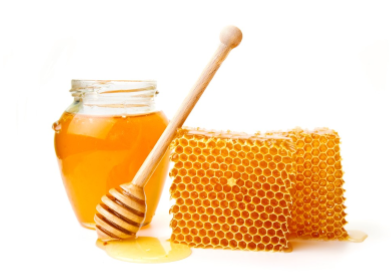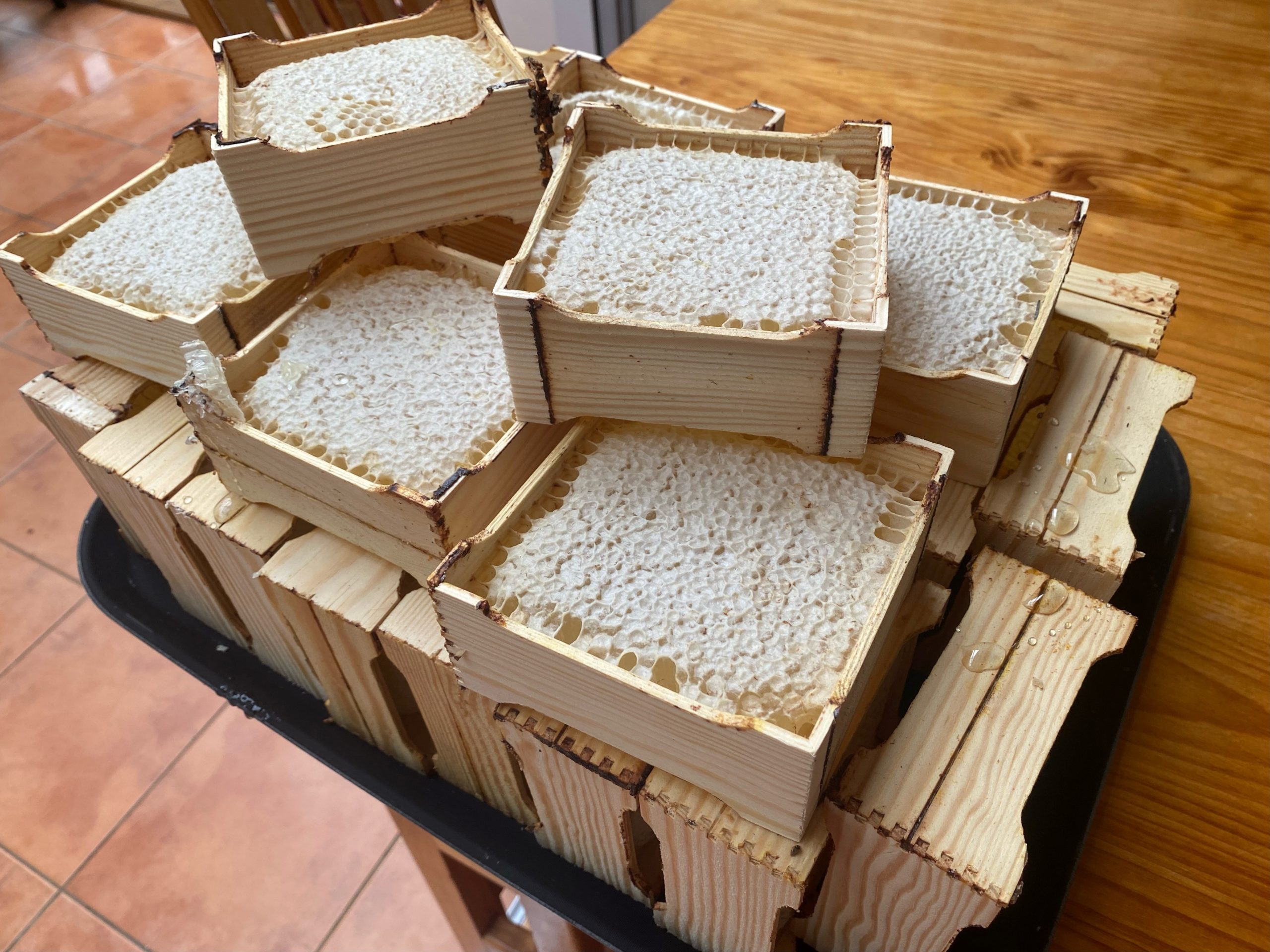 Comb Honey Production: Is this the new honey boom after Manuka?
Comb Honey Production: Is this the new honey boom after Manuka?
Comb honey is honey contained within the original hexagon-shaped beeswax cells. It has received no processing, filtering or manipulation therefore as a result it is the pure work of the bee. Both the honey and wax are edible and this provides us with a unique way to enjoy honey. Comb honey retains its flavour and aroma better than extracted honeys and is therefore a premium product to market.
Any type of flower can produce comb honey but the light mild appearance and flavour of clover is the most popular. Add a piece of honeycomb to your cheese platter and enjoy with a strong blue cheese.
Although comb honey production involves a lot more work in hive manipulation and management it can produce more value per kg than extracted honey. One major advantage is that you need no extraction equipment.
There are a number of different ways to produce comb honey (see link -)https://www.hiveworld.co.nz/product-category/packaging/comb-sections/
but all require you to be aware of the following:
Important Points
- If you are using sections or cassettes place the on the top of the hive and it is preferable that there are no partly filled frames in the hive. This will ensure the bees work the comb honey and fill them out correctly. There must be a good honey flow when putting the comb honey frames into the hive as the comb needs to be filled in the least amount of time otherwise the wax cappings get dirty as a result of the bees walking over it. Partly filled comb does not look attractive for selling.
- Tutin: You must be aware of the risk of tutin poisoning. This is especially in parts of the North Island and the upper part of the South Island. As a precaution all comb honey should be harvested before 31 December in at-risk areas.
- A queen excluder must be used to ensure the comb is not used for brood and furthermore to reduce the amount of pollen stored above the brood nest. Obviously your consumer would not be impressed to purchase baby bees!
- After harvest freeze the comb for at least 24 hours to ensure any wax moth eggs or larvae are killed. Leaving the comb in the freezer also prevents the honey from crystallizing.




